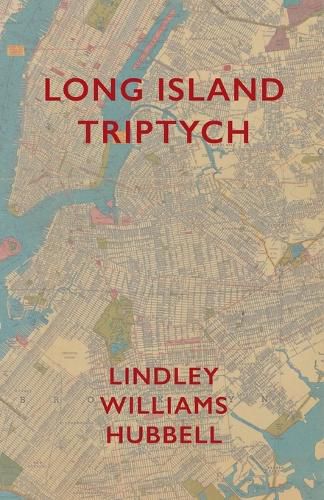Readings Newsletter
Become a Readings Member to make your shopping experience even easier.
Sign in or sign up for free!
You’re not far away from qualifying for FREE standard shipping within Australia
You’ve qualified for FREE standard shipping within Australia
The cart is loading…






This title is printed to order. This book may have been self-published. If so, we cannot guarantee the quality of the content. In the main most books will have gone through the editing process however some may not. We therefore suggest that you be aware of this before ordering this book. If in doubt check either the author or publisher’s details as we are unable to accept any returns unless they are faulty. Please contact us if you have any questions.
Lindley Williams Hubbell (1901-1994) received a Yale Younger Poets Award in 1927, and his work afterwards appeared from several major U.S. publishers. Then in 1953 he moved to Japan and liked it so much that he never again left the country, taking Japanese citizenship in 1960. His most significant book, the last to appear in the U.S. before his departure, was Long Island Triptych and Other Poems (1947). In this book - and especially in its title poem separately reissued here - he broke through from his early style of short, finely cadenced lyrical poems to an ambitious and original modernism. In an afterword, editor Paul Rossiter argues that this modernism was inspired by the work of his friend Gertrude Stein, and especially by her writings on Cezanne, Picasso and the cubists.The panels of the triptych focus on three Long Island neighborhoods - Greenpoint, Ridgewood, and Glendale - and each includes a great variety of material contained within a formal structure as rigorous as that of an analytic cubist work by Braque or Picasso. In a late essay comparing Gertrude Stein's work with that of the cubists, Hubbell states: 'as the Cubist painter took an object apart and then reassembled the parts according to a completely autonomous sense of design, so she disintegrated her ideational content and reorganized it into a purely formal design'. This taking apart and reassembling of multiple viewpoints is what Hubbell does with his three neighborhoods. The result is a festival of particulars held in a multi-faceted unity by the overarching poetic form.
$9.00 standard shipping within Australia
FREE standard shipping within Australia for orders over $100.00
Express & International shipping calculated at checkout
This title is printed to order. This book may have been self-published. If so, we cannot guarantee the quality of the content. In the main most books will have gone through the editing process however some may not. We therefore suggest that you be aware of this before ordering this book. If in doubt check either the author or publisher’s details as we are unable to accept any returns unless they are faulty. Please contact us if you have any questions.
Lindley Williams Hubbell (1901-1994) received a Yale Younger Poets Award in 1927, and his work afterwards appeared from several major U.S. publishers. Then in 1953 he moved to Japan and liked it so much that he never again left the country, taking Japanese citizenship in 1960. His most significant book, the last to appear in the U.S. before his departure, was Long Island Triptych and Other Poems (1947). In this book - and especially in its title poem separately reissued here - he broke through from his early style of short, finely cadenced lyrical poems to an ambitious and original modernism. In an afterword, editor Paul Rossiter argues that this modernism was inspired by the work of his friend Gertrude Stein, and especially by her writings on Cezanne, Picasso and the cubists.The panels of the triptych focus on three Long Island neighborhoods - Greenpoint, Ridgewood, and Glendale - and each includes a great variety of material contained within a formal structure as rigorous as that of an analytic cubist work by Braque or Picasso. In a late essay comparing Gertrude Stein's work with that of the cubists, Hubbell states: 'as the Cubist painter took an object apart and then reassembled the parts according to a completely autonomous sense of design, so she disintegrated her ideational content and reorganized it into a purely formal design'. This taking apart and reassembling of multiple viewpoints is what Hubbell does with his three neighborhoods. The result is a festival of particulars held in a multi-faceted unity by the overarching poetic form.